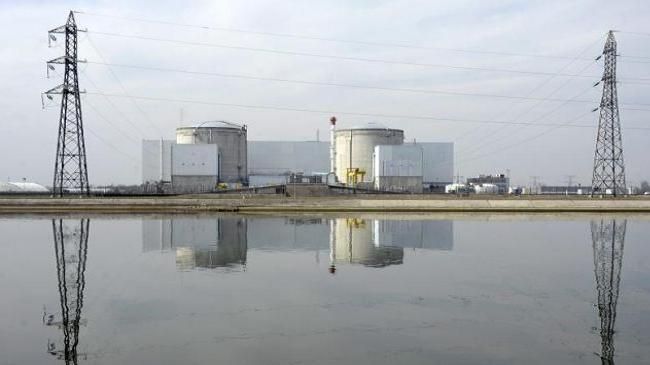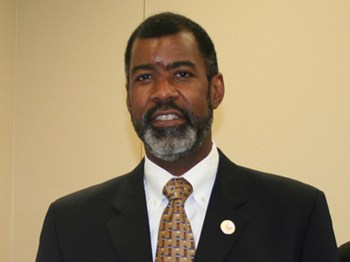I usually post Geiger readings and links to articles every day of the week and a blog essay every Monday through Friday. I have not posted anything for several days because I have been traveling. I spent this last weekend in Spokane, Washington at the Washington State Democratic Convention. Most of the time was dedicated to approving the Washington State Democratic Platform. I was quite impressed by how comprehensive, rational and progressive the Platform is. There were a few issues that triggered arguments about whether to retain or remove a particulate plank but most of the Platform was readily adopted. One issue in particular that led to a very passionate argument was the plank of the Platform that dealt with nuclear power.
The nuclear power plank read: “Permitting expansion of nuclear power only with strong environmental protection, when safe, long-term waste management can be guaranteed and projects are shown to be cost effective without public subsidies.”
There were two speakers in favor of retaining the plank. One speaker argued passionately that less rainfall in Washington could mean less hydropower and that nuclear was the only viable choice for reliable and carbon neutral power generation because wind and solar would not be able to supply the electricity that society requires.
There were two speakers against retaining the plank. One speaker railed against nuclear power and said that our Democratic Platform should not support nuclear power in any way. It was also pointed out that Seattle City Light was backing out of support for the only operating nuclear reactor in Washington State.
It should be obvious to anyone who has read my blog posts that I am strongly opposed to nuclear power. With respect to climate change, it takes a lot of energy to mine and refine uranium. It also takes a lot of concrete to construct a nuclear power plant. Some estimates suggest that it may take up to fifteen years of operation before a nuclear power plant has paid off its carbon debt. With respect to environmental threats, nuclear power has already resulted in areas being permanently evacuated because of radioactivity released by nuclear accidents. Fukushima is still causing environmental problems two years after the accident. Since Yucca Mountain was cancelled as the site for a permanent nuclear waste repository, the latest estimate is that a permanent repository won’t be available in the United States until 2050 at the soonest. Wind and solar energy generation is beginning to beat out nuclear projects on a strictly financial basis on a level playing field.
After listening to pro and con arguments about the plank, I concluded that I would rather leave it in the Platform. I do not believe that the conditions in the plank can be met by any new nuclear projects. On the other hand, the plank does put us on record with respect to what we require of any new nuclear projects in our state. In the end, I think it is better to have qualified support for nuclear projects as opposed to no plank at all in the Platform that addresses nuclear power.







